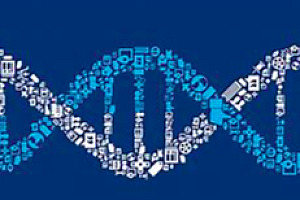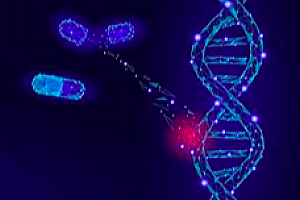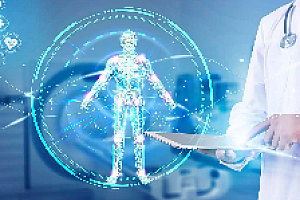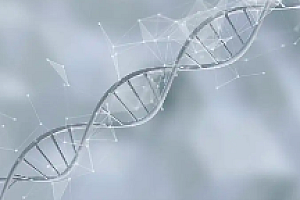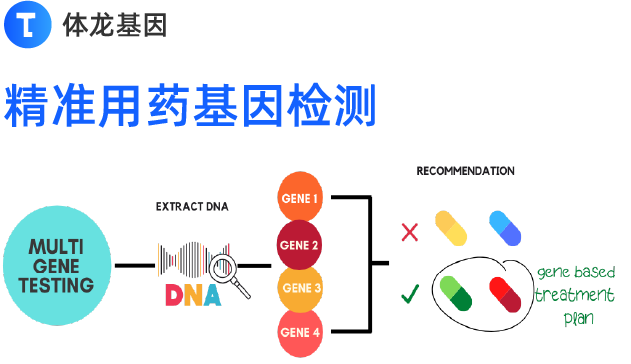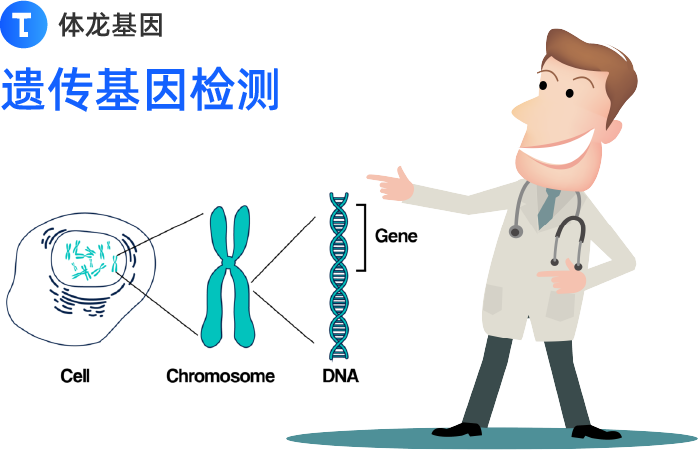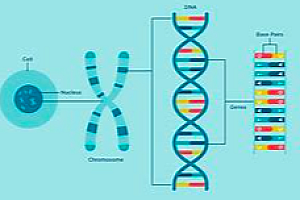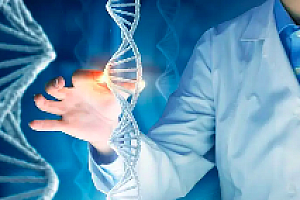来自上海交通大学瑞金医院,上海巴斯德研究所的研究人员合作揭示了慢性丙型肝炎患者治疗失败过程中丙型肝炎病毒的变异和进化特征,这一研究成果公布在国际《感染、遗传和进化》杂志(Infection, Genetics and Evolution)上。
这项研究由上海巴斯德研究所钟劲研究组与上海瑞金医院感染科谢青教授研究组合作,将临床研究与基础研究进行系统的结合。文章第一作者是瑞金医院与巴斯德研究所联合培养博士生项晓刚。Infect Genet Evol.杂志审稿人对此工作给与高度评价,认为这类长期治疗随访的关于HCV病毒变异和进化的研究目前尚无报道并且非常难得,具有原创性和重要价值。
HCV感染是导致慢性肝炎相关的慢性肝病、肝硬化、终末期肝病和肝癌的主要原因,同时也是肝移植的一个重要指证。世界卫生组织报道的全球HCV感染率超过3%,估计感染人口接近1.8亿人。在中国,感染率超过3.2%,感染人口接近4100万。HCV感染人体后,超过85%的感染者会转变为慢性感染。迄今,仍无有效的疫苗预防HCV感染,仅有的治疗方案就是干扰素联合利巴韦林进行为期半年到一年的治疗。来自西方国家的数据显示,在HCV基因1型的患者中,治疗有效率(达到持续病毒学应答)约为50%;而HCV基因2型、3型的感染者有效率能够达到75-80%。HCV基因1型是中国最主要的HCV流行基因型,被列入典型的“难治性丙型肝炎”范畴。抗病毒治疗失败一般分为以下3种类别:完全无应答、治疗中反弹和停药后复发。遗憾的是,干扰素治疗失败的分子机制至今仍然不明确。
在这篇文章中,研究人员通过对两例不同类别的干扰素治疗失败的慢性丙肝患者进行长期随访,从病毒学角度深入研究了各随访时间点丙型肝炎病毒(HCV)全长基因序列的变异和进化情况。结果提示治疗中反弹(breakthrough)患者中HCV的变异有可能是丙肝治疗失败的重要因素,这一发现将有助于进一步揭示难治性丙型肝炎的分子机制,为改善临床疗效提供新的思路。
这项研究将临床研究与基础研究进行系统的结合。通过对两例完全无应答和治疗中反弹的治疗失败的慢性丙肝患者进行了5年长期随访,系统地收集了患者的临床资料及血清标本,深入研究了各随访时间点HCV全长基因序列的变异和进化情况。发现治疗中反弹患者的HCV变异率明显高于完全无应答患者,而且这些变异主要发生在干扰素治疗期间,大多数变异在停药后都保留下来了,提示这些变异可能对HCV的病毒适应性(viral fitness)影响不大,但却能够帮助HCV在干扰素治疗压力下生存,有可能是治疗失败的关键因素。该研究提示病毒学因素在难治性丙型肝炎的治疗中不可忽视,并为丙肝患者新型抗病毒药物靶点的选择提供了新的方向。
原文摘要:
Viral sequence evolution in Chinese genotype 1b chronic hepatitis C patients experiencing unsuccessful interferon treatment.
Abstract
The efficiencies of IFN-α based therapy in chronic genotype 1b HCV patients are still unsatisfied to date. The mechanisms underlining treatment failure remain unclear and controversial. To investigate HCV sequence evolution in unsuccessfully treated genotype 1b patients before, during and after the therapy, full-length open-reading-frame of HCV genomes at week 0, week 48 and year 5 in one breakthrough and one nonresponse patients were amplified by reverse transcription (RT)-nested-PCR and sequenced. Mutations were scored and analyzed according to their locations in the HCV genome. HCV sequences in the breakthrough patient displayed significantly more mutations during the one-year therapy than that in the nonresponse patient, with p7 and NS2 encoding regions having the highest mutation rates. Most of the mutations selected during the therapy phase in the breakthrough patient were maintained and few new mutations arose in the four-year post-therapy phase, suggesting these mutations might not compromise viral fitness. Altogether our data suggest that mutations occurred during the therapy phase in the breakthrough patient are likely driven by the action of interferon and ribavirin, and these mutations may have important effects on the responses to interferon based therapy in genotype 1b HCV patients.
(责任编辑:labweb)



